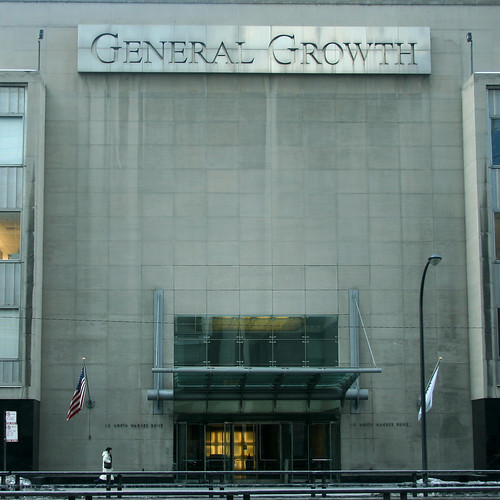Market Assessment
Published April 30, 2009
I hate being right these days.
In a previous post, I talked about a "different kind of boom" where maturing CRE mortgages ($814 billion worth) and the inability for many to find refinancing threaten the very fabric of the commercial real estate market.
 Now a large and prestigious corporation has unfortunately presented a very real example of this gloomy prediction.
Now a large and prestigious corporation has unfortunately presented a very real example of this gloomy prediction.U.S. mall owner General Growth Properties, founded in 1954 as a family business and now sporting total assets of $29.56 billion, has declared bankruptcy simply because they cannot find a lending source to refinance their properties.
Unfortunately the company also carries $27.29 billion in debt. While the company claims to have a good core business and seeks simply to gain time to reorganize, the crux of the problem lays in the lap of the credit markets.
General Growth has $15.17 billion in debt from securitized CMBS loans that have to be refinanced, somehow. They have been unable to secure that financing and are now, as the second-largest mall owner in the US, required to seek Chapter 11 protection from creditors in order to make the miracle happen that they’ve been seeking since November.
 According to Sam Chandan of Real Estate Economics, this is not going to be a unique case.
According to Sam Chandan of Real Estate Economics, this is not going to be a unique case.He states, “We will see a significant rise in delinquent and defaulted mortgages in commercial real estate above and beyond what we already experienced.”
The question then arises: with so few lending sources able to soak up $814 billion of CRE debt due to mature over the next few years, how many corporations of General Growth’s stature will suffer this fate?
And what will our world look like then?
Source:
Ilaina Jonas and Emily Chasan, Reuters
“General Growth Files For Bankruptcy Protection”, April 16, 2009





